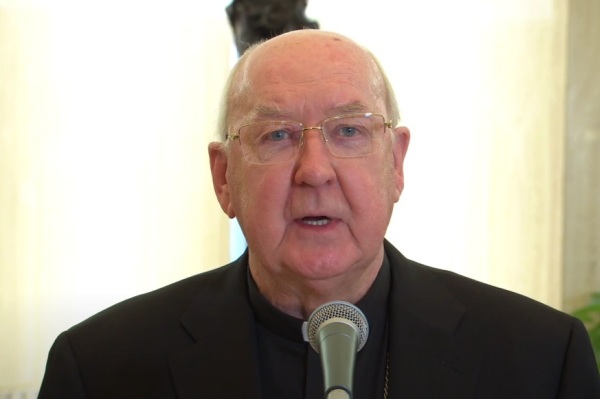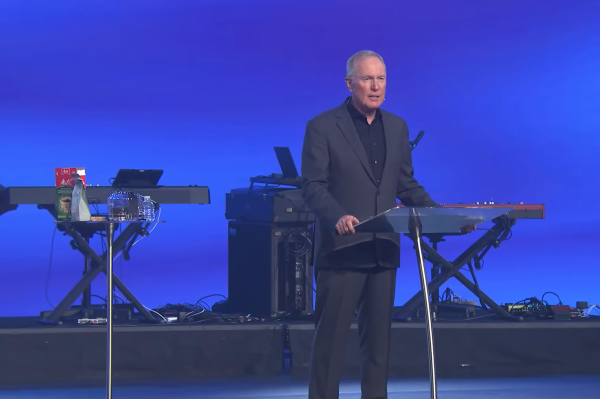As memberships fall, more Protestant churches shuttering than opening: study

With fewer than 50% of Americans holding formal memberships in churches in 80 years, more Protestant churches are closing than opening nationwide, and further decline appears "inevitable," new data show.
Estimates made by the Nashville-based Lifeway Research, show that in 2019, well before many churches were forced to close in 2020 due to the coronavirus pandemic, approximately 3,000 Protestant churches were started in the U.S., but 4,500 Protestant churches closed.
The findings came from an analysis of congregation data collected from 34 denominations and groups representing some 60% of Protestant churches in the U.S.
A previous analysis done in 2014 showed a net gain in churches that year when an estimated 4,000 Protestant churches were planted and 3,700 closed.
Scott McConnell, executive director of Lifeway Research, suggested in a statement that one reason for the decline in church plants is because denominations were more focused on keeping existing churches afloat.
“Over the last decade, most denominations have increased the attention they are giving to revive existing congregations that are struggling,” he said. “This has been more than a fad. This has been a response to a real, growing need to revitalize unhealthy congregations.”
Daniel Im, co-author of the book, Planting Missional Churches,and a church planter himself, also noted that it's more difficult to plant churches today than in the past.
“While planting a church is still one of the most exciting things a pastor can do, over the past few years, I’ve noticed a growing hesitancy to plant, which is why these numbers don’t surprise me,” Im told Lifeway’s Aaron Earls. “Starting a church from scratch is not as it used to be, especially with the rise in Boomer pastors retiring and needing to find a successor.”
With fewer Americans seeing formal church memberships as important as well, the demand has also likely fallen.
Earlier this year, a Gallup analysis showed that in 1937, when they first measured formal membership in houses of worship, some 70% of Americans had formal church membership and that measure remained steady for the next 60 years until it began a steady decline in 1998. In 2020, formal membership in houses of worship stood at 49%.
The Washington, D.C.-based analytics and advisery company was able to highlight several factors for the decline through responses from more than 6,000 U.S. adults each time across three-year aggregates from 1998 to 2000, 2008 to 2010, and 2018 to 2020 when formal membership in houses of worship first dipped below 50%.
And one of the biggest factors Gallup found strongly correlates with church membership is age. Some 66% of traditionalists — U.S. adults born before 1946 — have formal membership in a church, compared with 58% of Baby Boomers, 50% of those in Generation X and 36% of millennials. Current but limited data on members of Gen Zers who've already reached adulthood suggest their church membership rate is similar to millennials.
Gallup Senior Editor Jeffrey M. Jones noted that without formal memberships in churches, they are unlikely to survive, and with the current trend seen in the relationship between the church and younger generations, further decline is inevitable.
“While it is possible that part of the decline seen in 2020 was temporary and related to the coronavirus pandemic, continued decline in future decades seems inevitable, given the much lower levels of religiosity and church membership among younger versus older generations of adults,” he wrote.
“Churches are only as strong as their membership and are dependent on their members for financial support and service to keep operating. Because it is unlikely that people who do not have a religious preference will become church members, the challenge for church leaders is to encourage those who do affiliate with a specific faith to become formal, and active, church members,” he added.






















